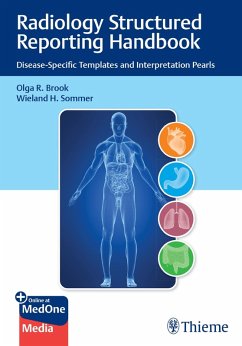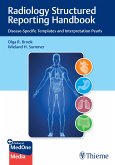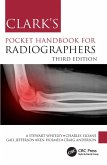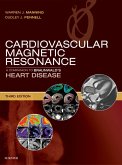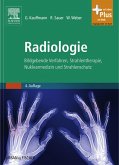Multiple studies show that referring physicians have a clear preference for structured radiology reports due to clarity and ease of interpretation, yet a one-size-fits all approach does not address disease complexities. Concurrently, the use of structured radiology templates has increased, driven in part by the need to comply with big data and artificial intelligence as well as reimbursement. Standardization of reporting is one of the first essential steps in the transformation of radiology from "the art of imaging" to a robust data science.
Radiology Structured Reporting Handbook: Disease-Specific Templates and Interpretation Pearls by Professors Olga R. Brook, Wieland H. Sommer, and esteemed colleagues is a highly practical guide on structured reporting for every major area of radiology. Featuring disease-specific templates, the book is organized in six sections and 53 chapters. Section one covers core foundation topics, from different definitions of structured reporting and pros and cons to change management and how to build templates. Five disease-specific sections encompass specific cancers and a variety of abdominal, thoracic, neurological, and cardiovascular diseases and conditions.
Key Highlights
- Downloadable disease-specific templates for a variety of clinical entities including cardiovascular, thoracic, abdominal, oncological, and neuroradiology
- Essential interpretation pearls for specific diseases from top experts in a bullet format, accompanied by relevant figures and tables
Together, the templates and pearls provide an essential and unique practice resource for optimal and clinically relevant reporting. The book also serves as a succinct educational tool for radiology trainees and practicing radiologists who may not interpret specific highly specialized types of studies on a daily basis.
This book includes complimentary access to a digital copy on https://medone.thieme.com.
Dieser Download kann aus rechtlichen Gründen nur mit Rechnungsadresse in A, B, BG, CY, CZ, D, DK, EW, E, FIN, F, GR, HR, H, IRL, I, LT, L, LR, M, NL, PL, P, R, S, SLO, SK ausgeliefert werden.

